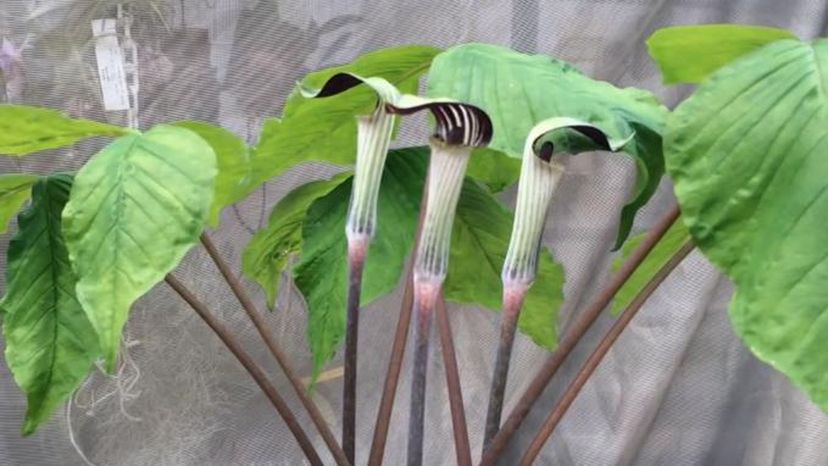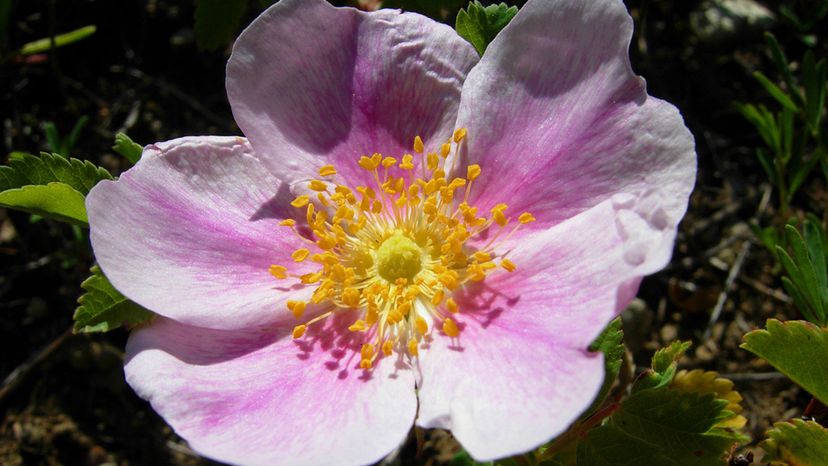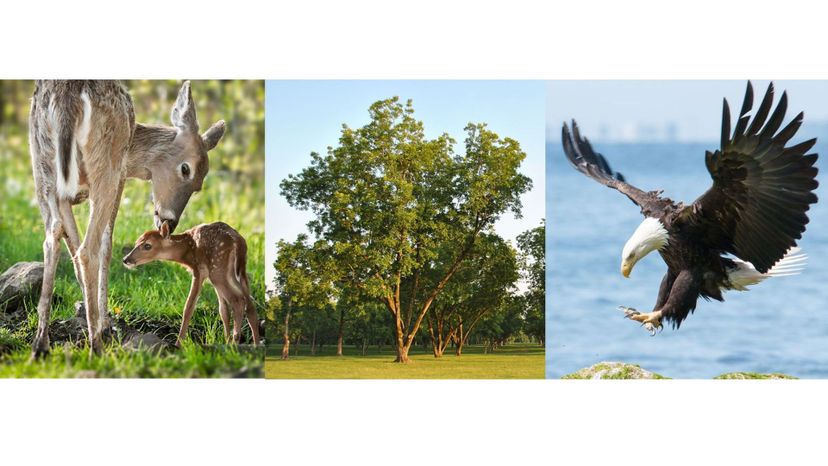
About This Quiz
What's truly precious about our flora and fauna in the United States is the balance of nature. Flora provide food and shelter for fauna, and fauna disperse seeds and fertilize soil to help the flora thrive. Upsetting this balance hurts both. What's more, the diversity of nature is worth protecting, so that no single disease or parasite can eradicate a species. Increase your appreciation of the great outdoors by taking this quiz right now!
Take a minute to think about it. Some fauna fell trees, using only their teeth! Some flora live to be 600 years old with seeds called "helicopters," What you'll find in the United States alone is just the tip of the iceberg. Take, for instance, marsupials such as the opossum. The babies, usually the size of a honeybee at birth, make their way into the mother's pouch to continue developing and growing. That's one amazing example of the more than 400 species of fauna found here. Plus, there are over 7,000 species of flora in this country alone, so when you gaze across woods land or a marsh, you're seeing botany at its best. Whether you're an ecologist, biologist, botanist or simply love the outdoors and know your nature, this quiz will test your know-how and provide interesting details about the world around you. Take it now!


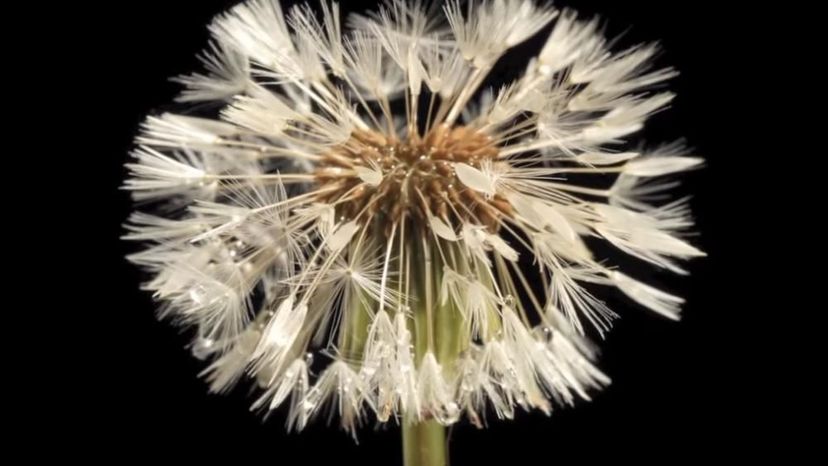
Advertisement
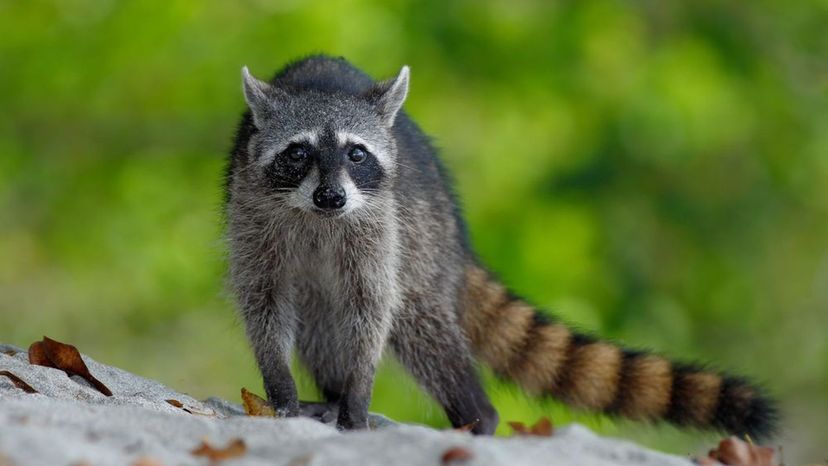
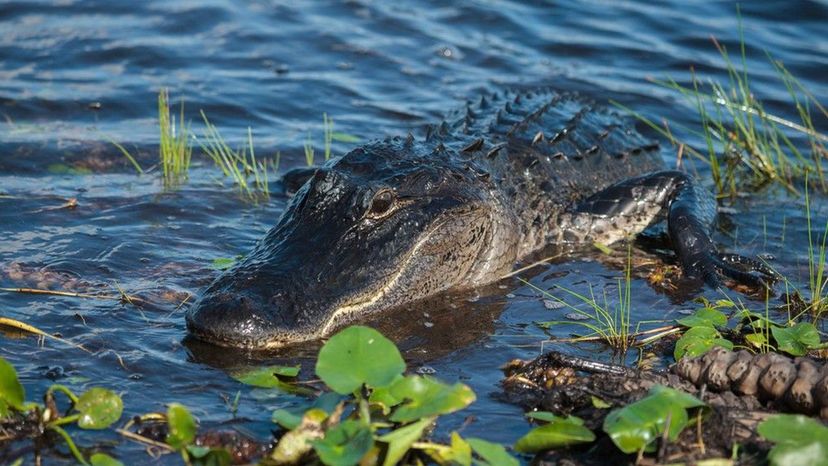
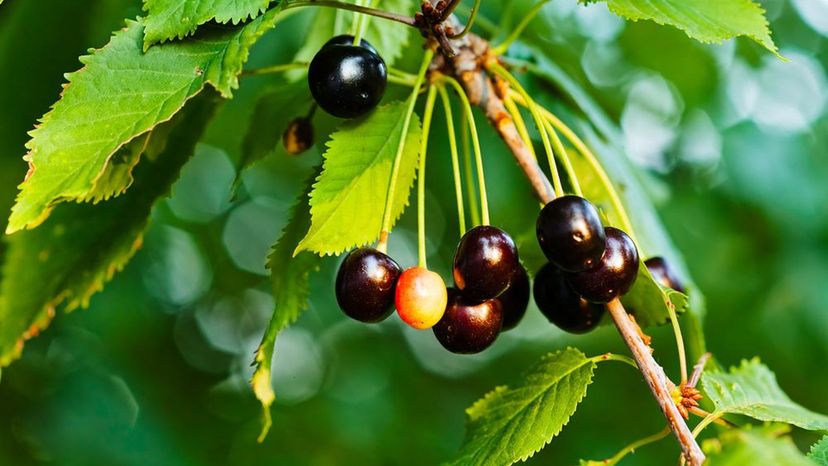
Advertisement


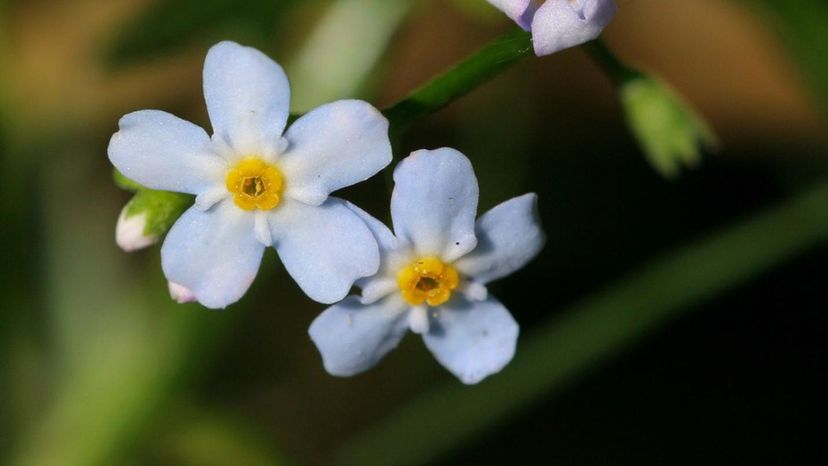
Advertisement

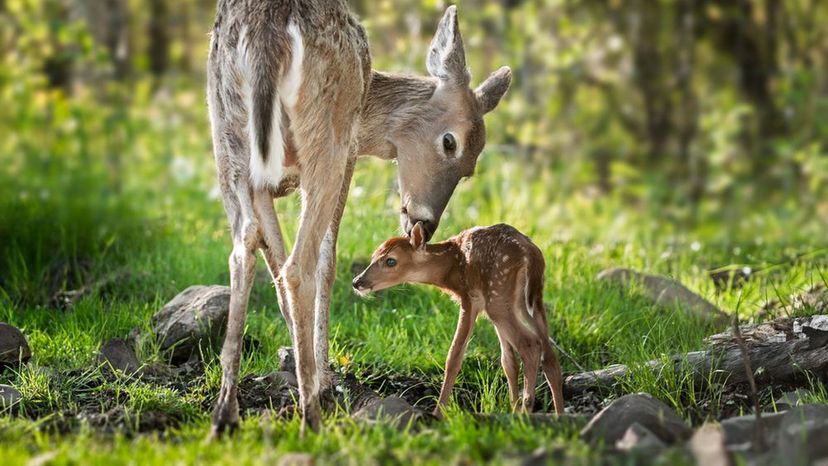

Advertisement
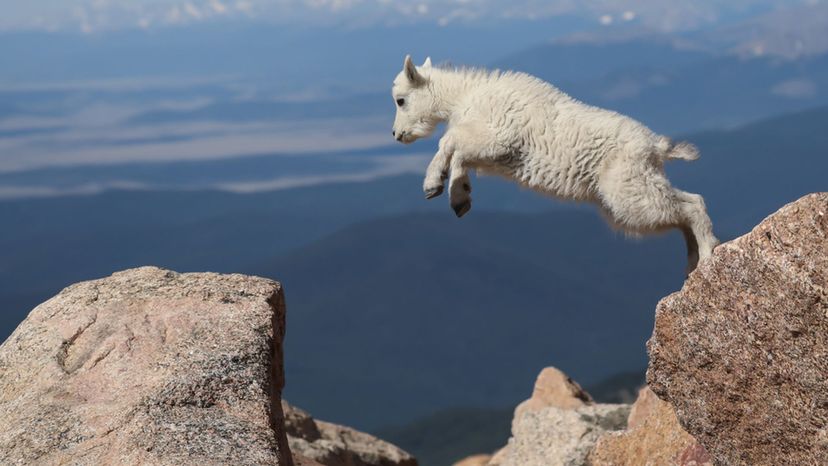

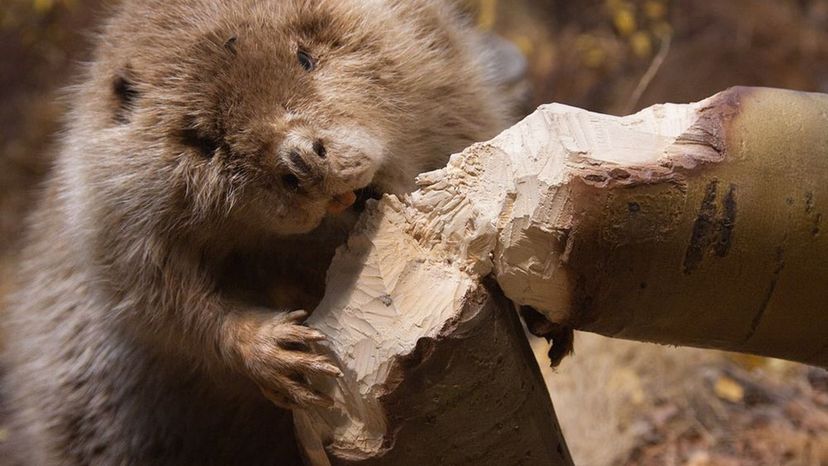
Advertisement
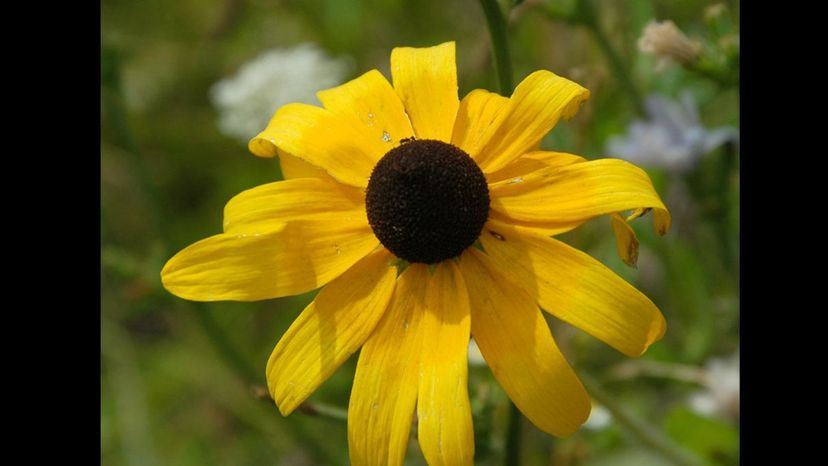
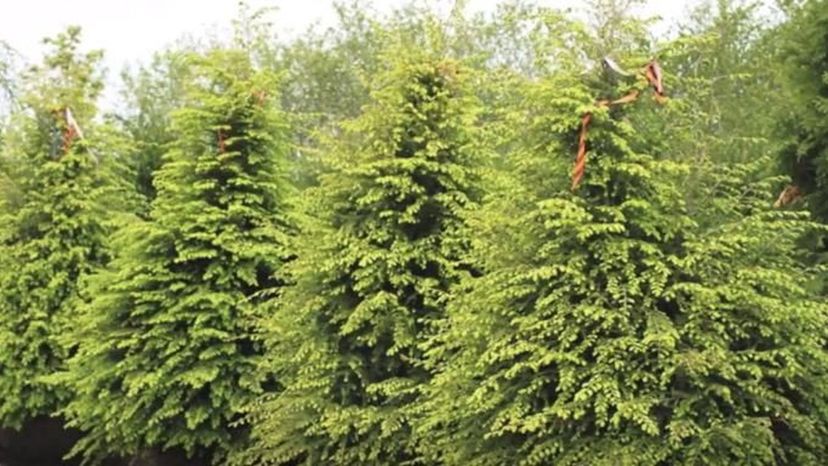
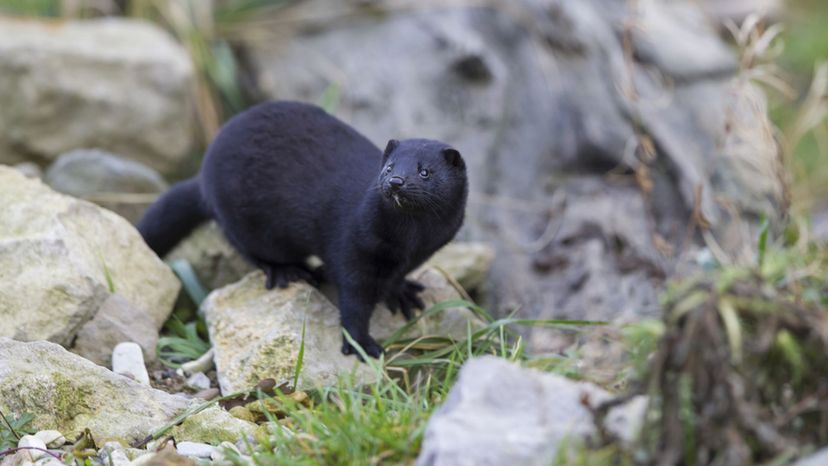
Advertisement
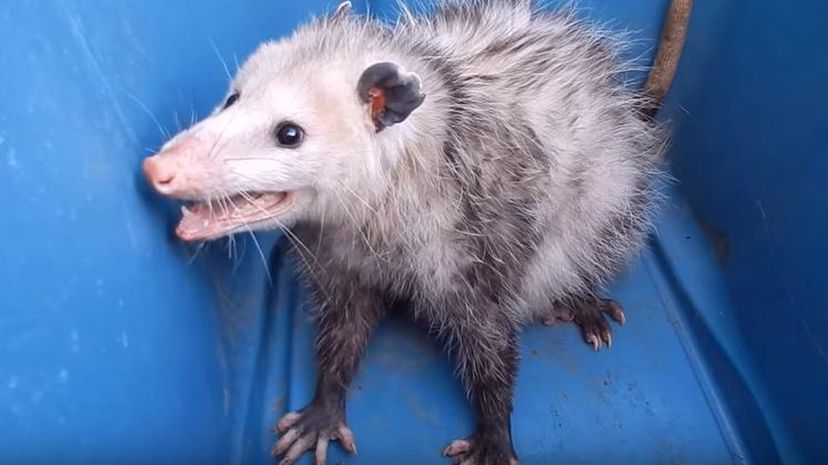
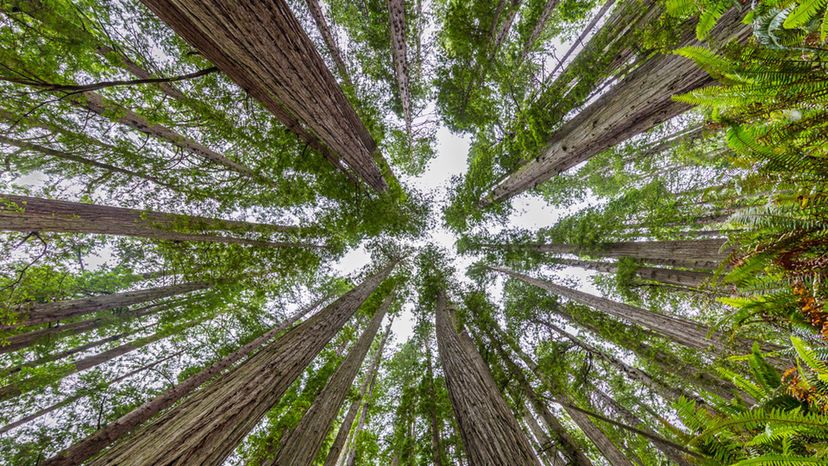
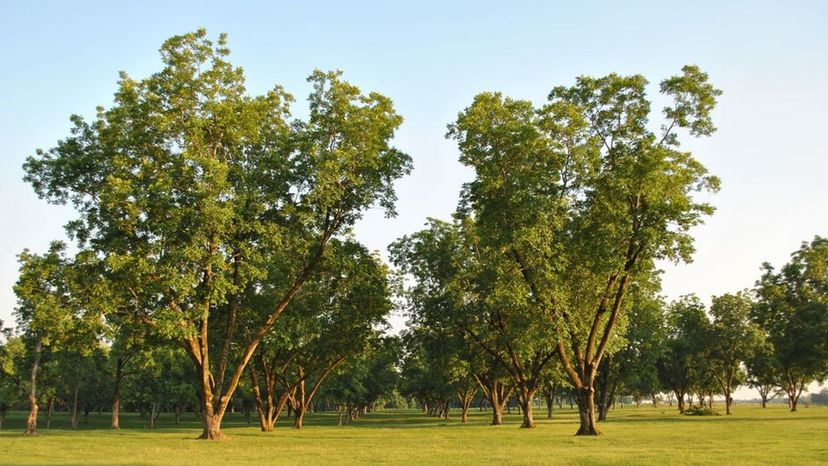
Advertisement
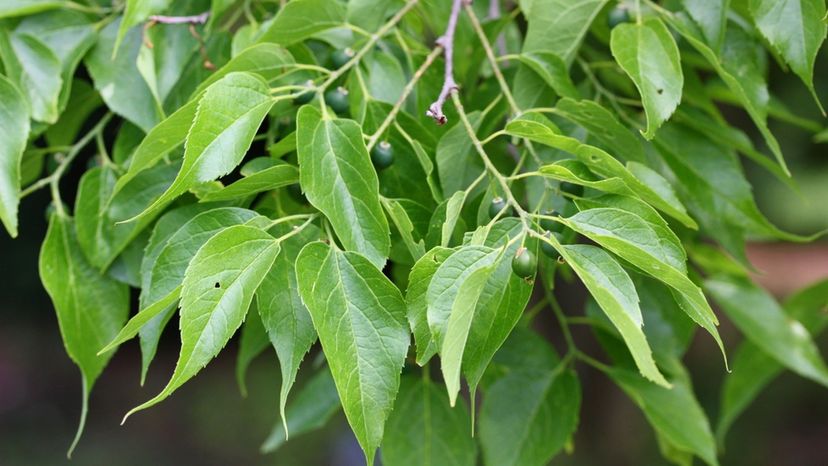
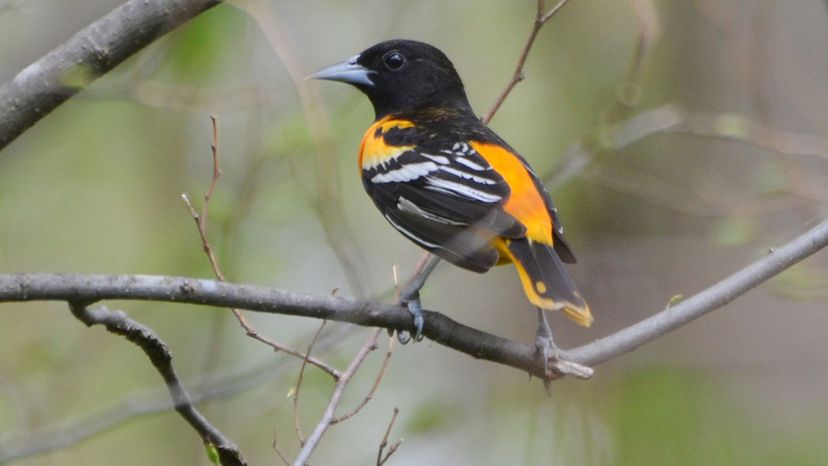
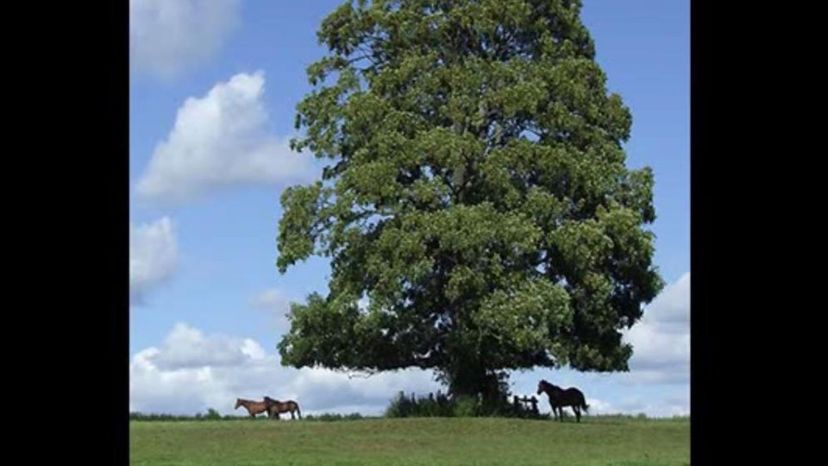
Advertisement
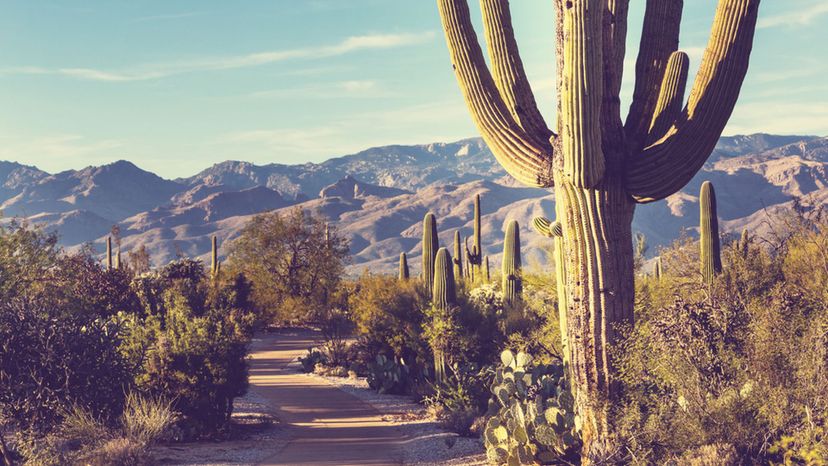
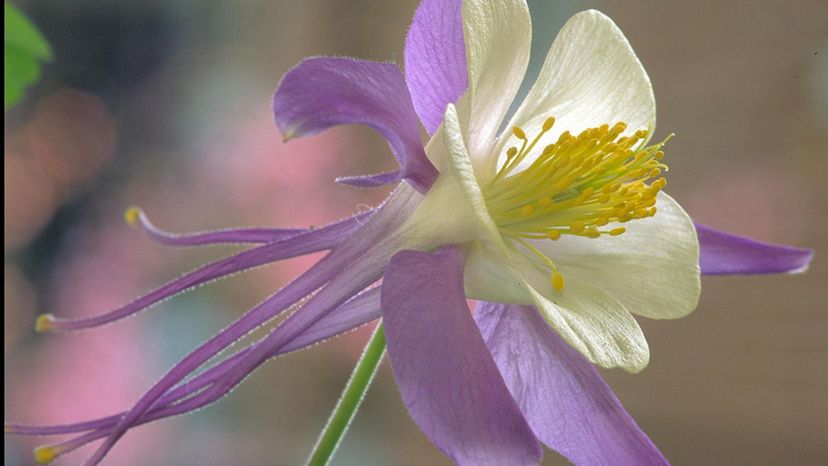
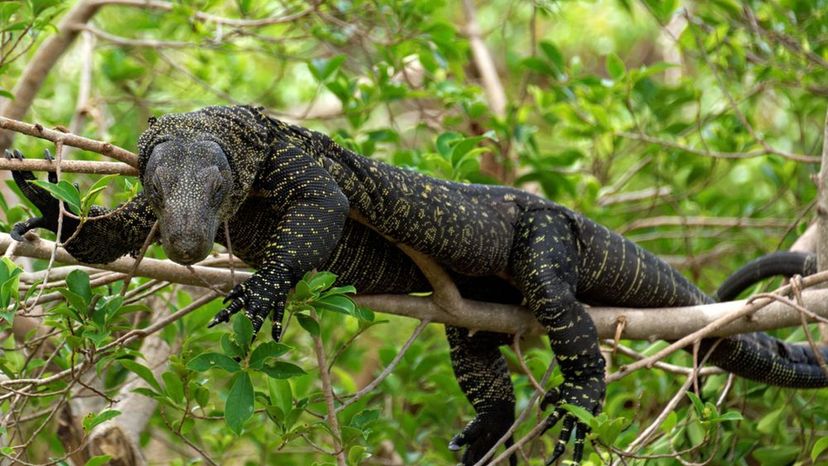
Advertisement
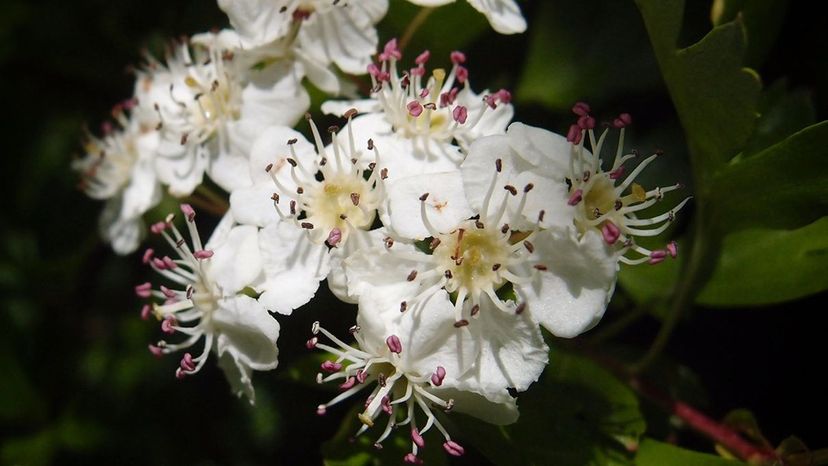
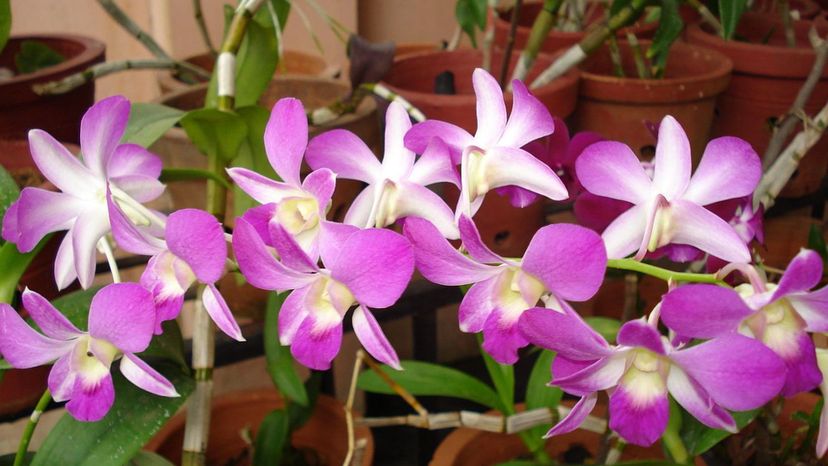

Advertisement
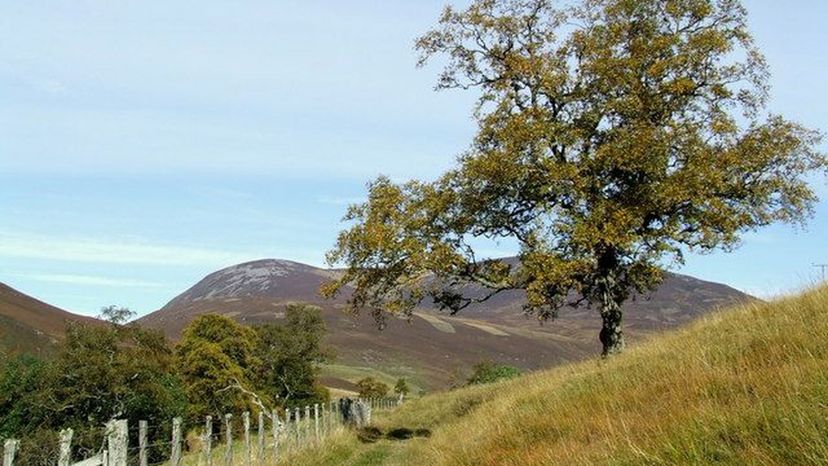
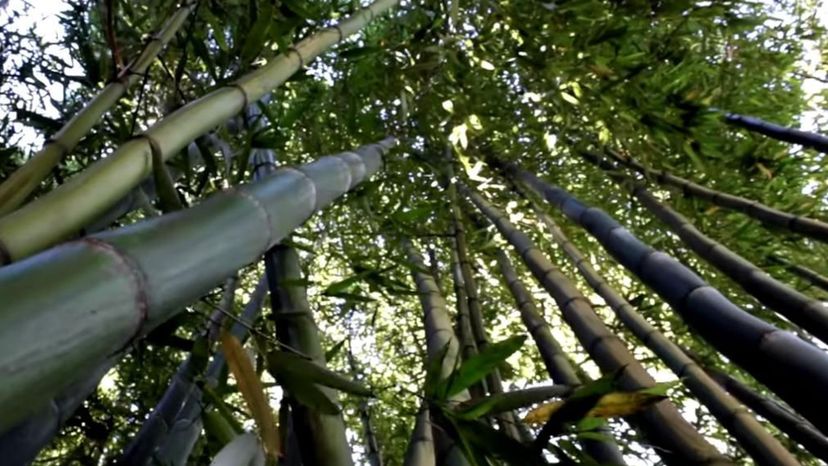
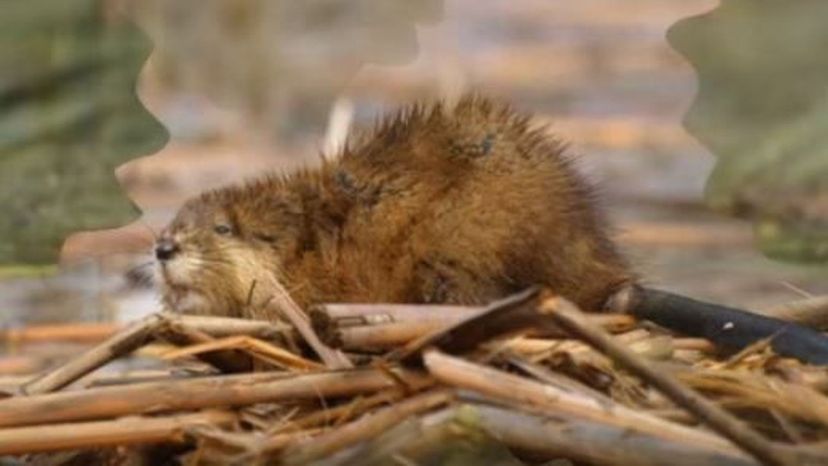
Advertisement
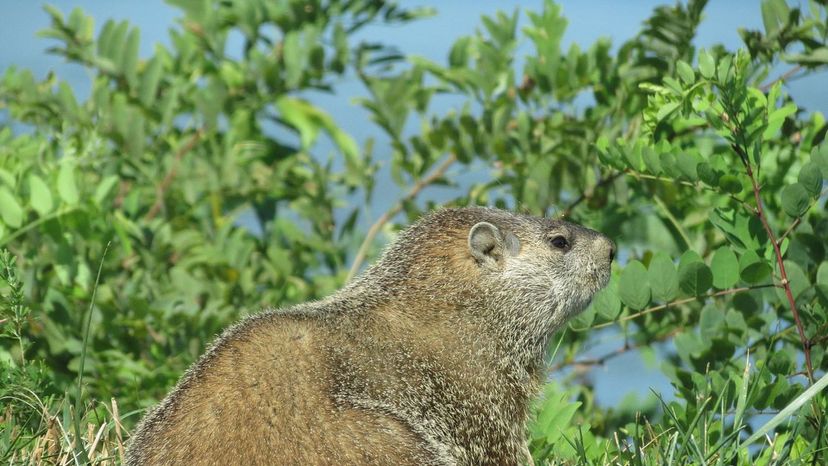
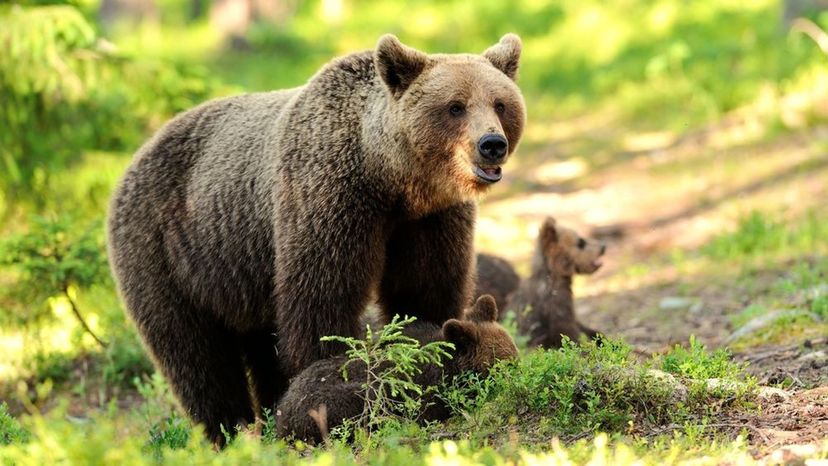
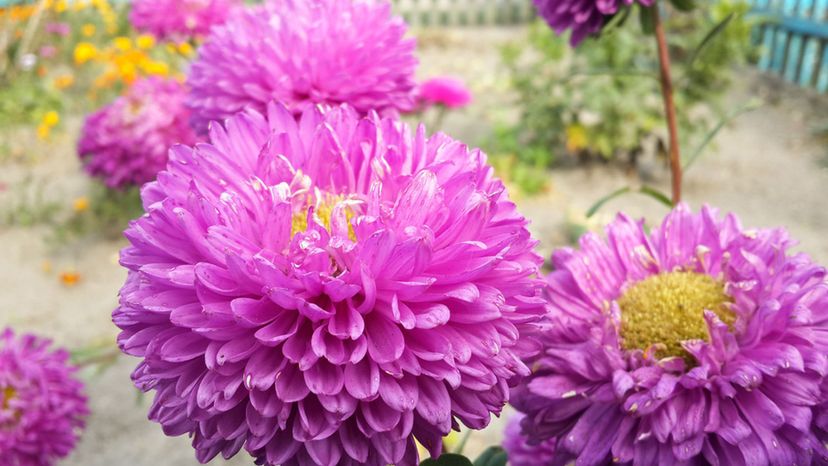
Advertisement
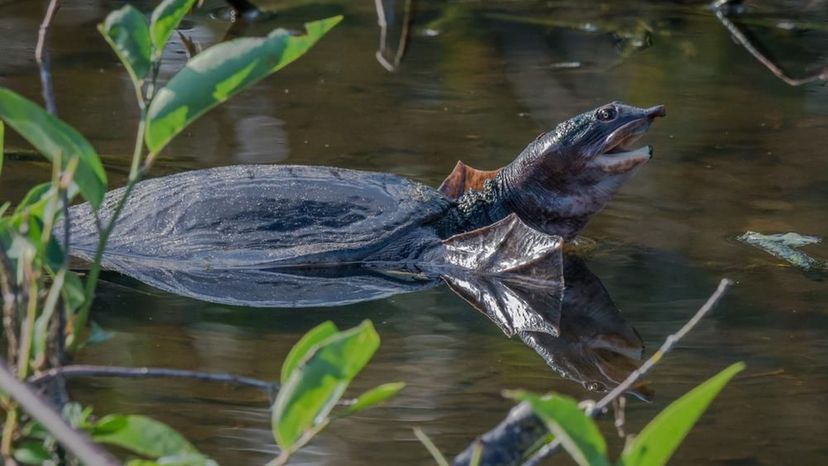
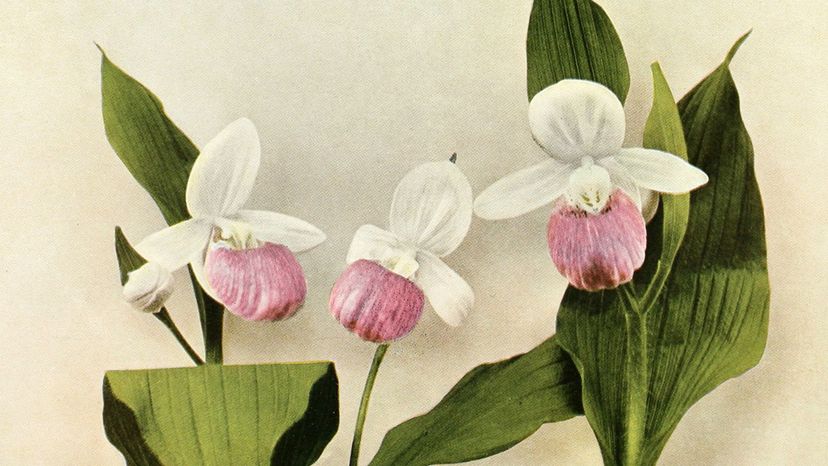
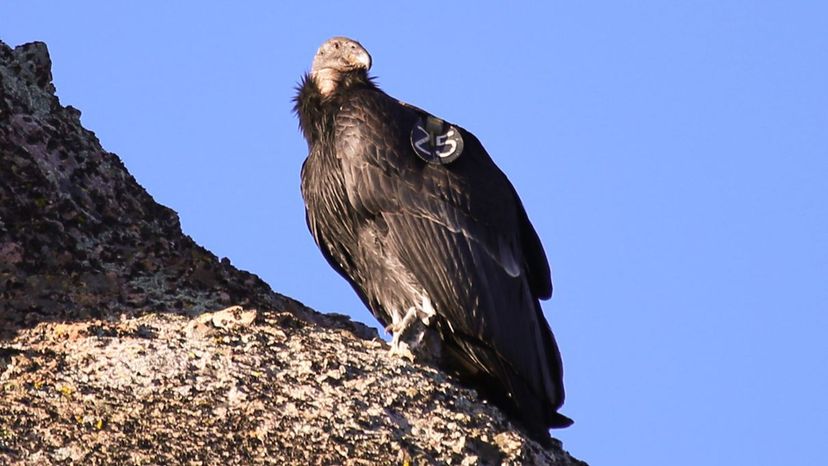
Advertisement
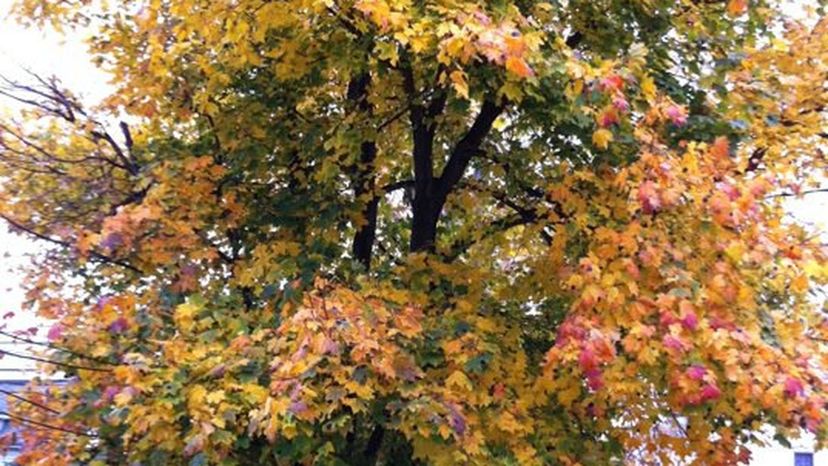

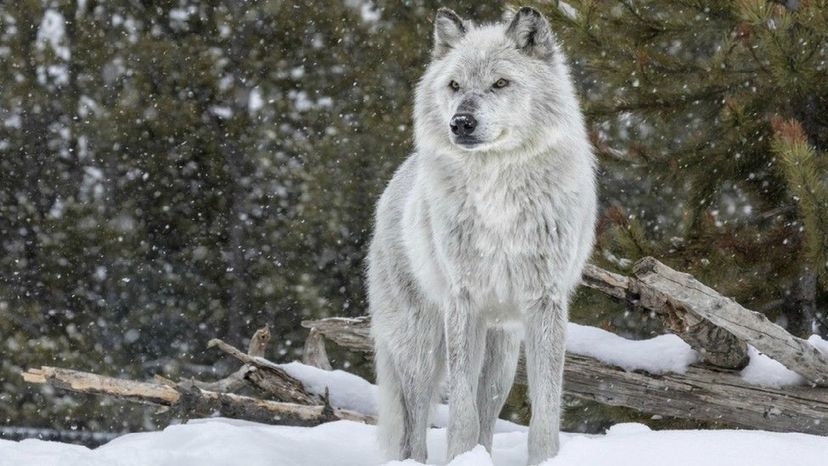
Advertisement
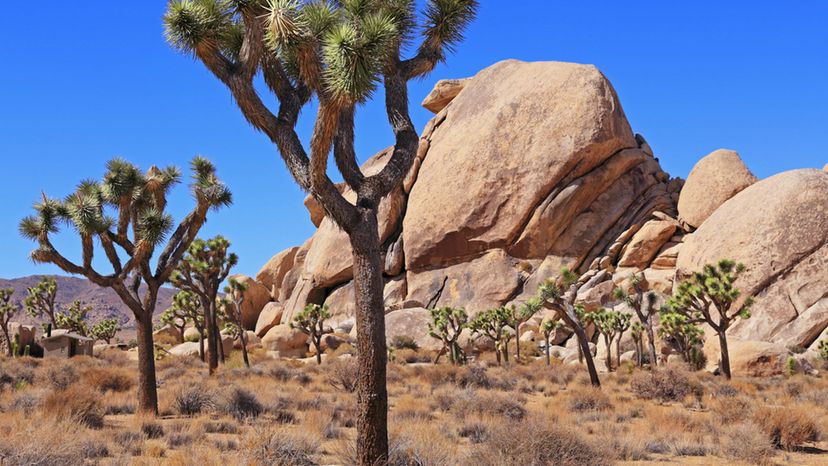
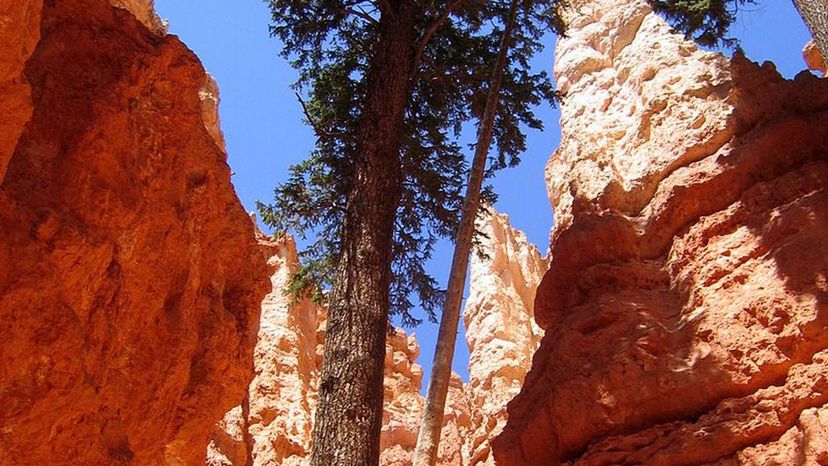
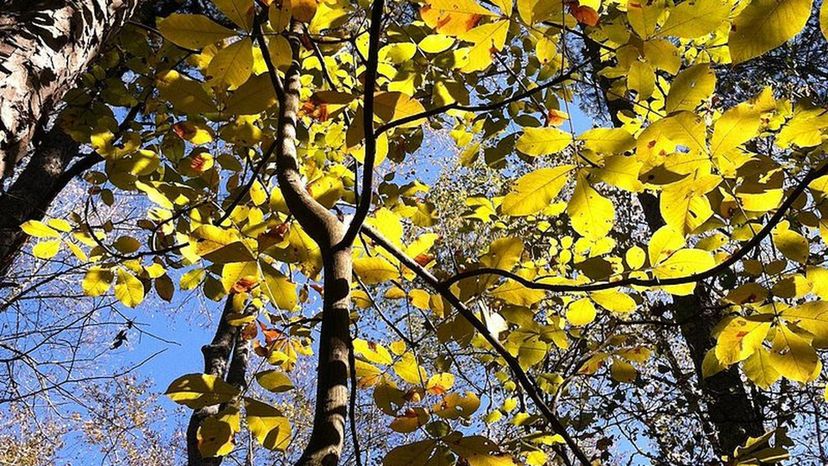
Advertisement

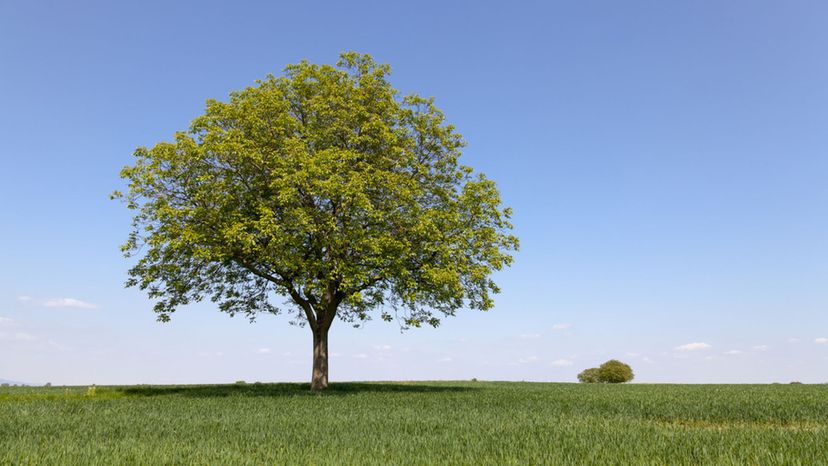
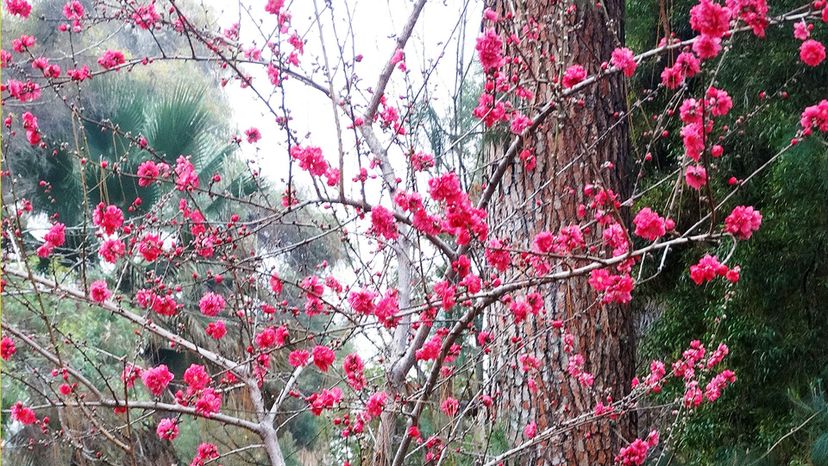
Advertisement
